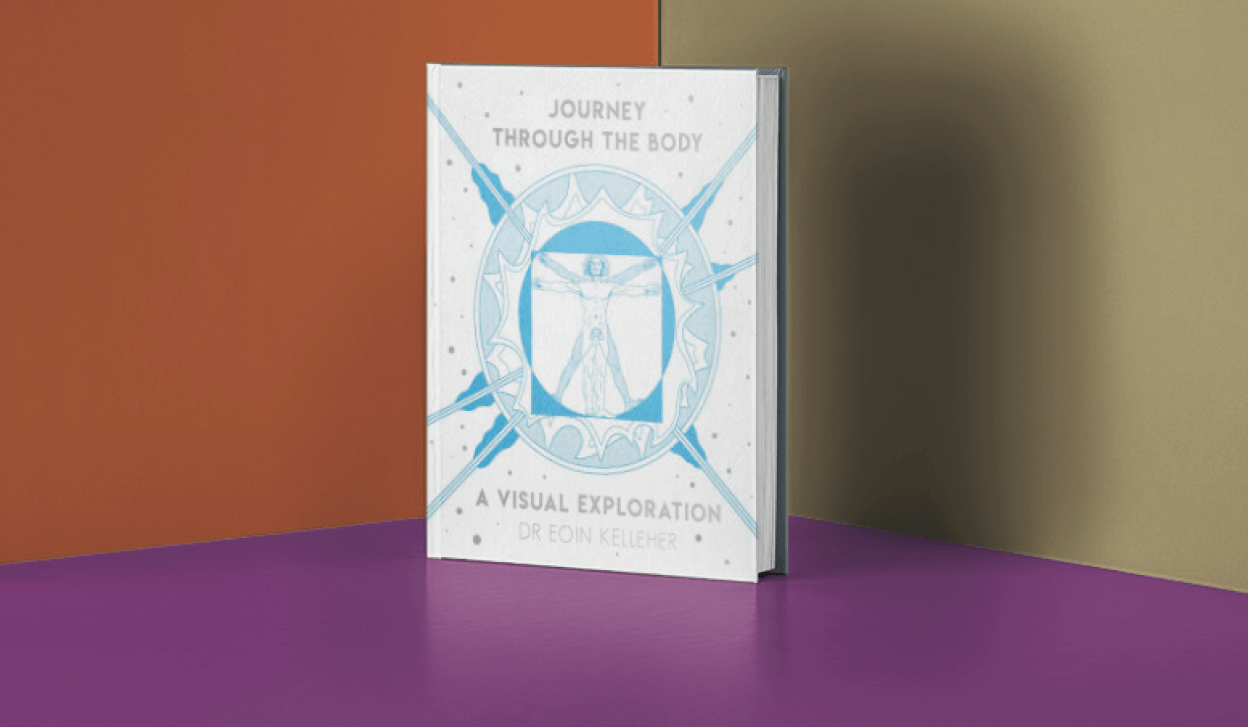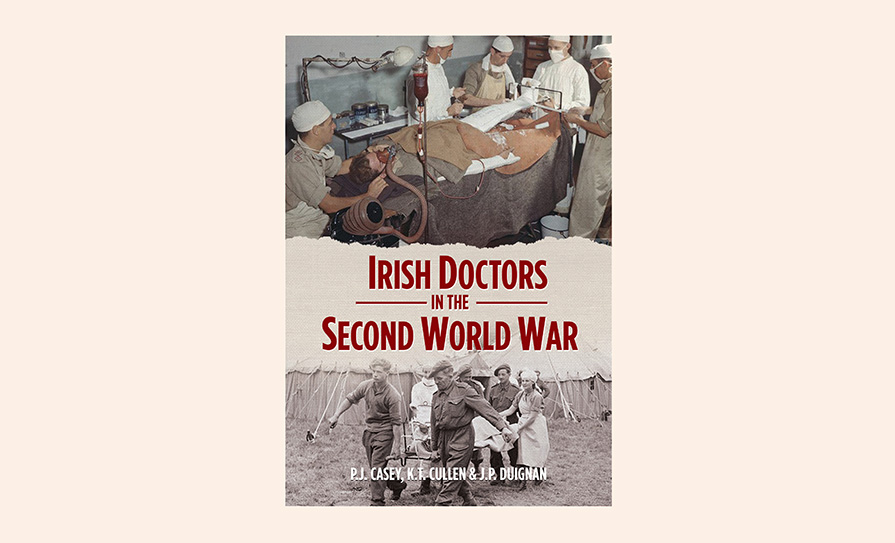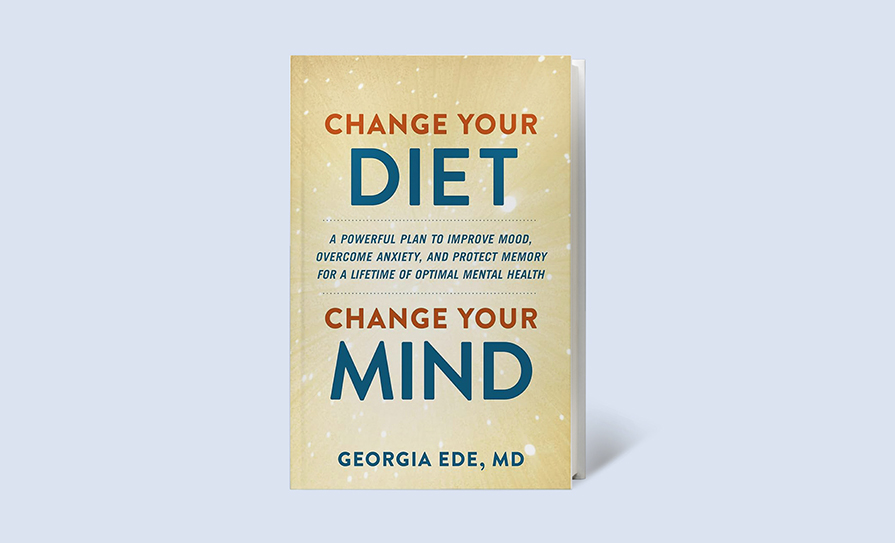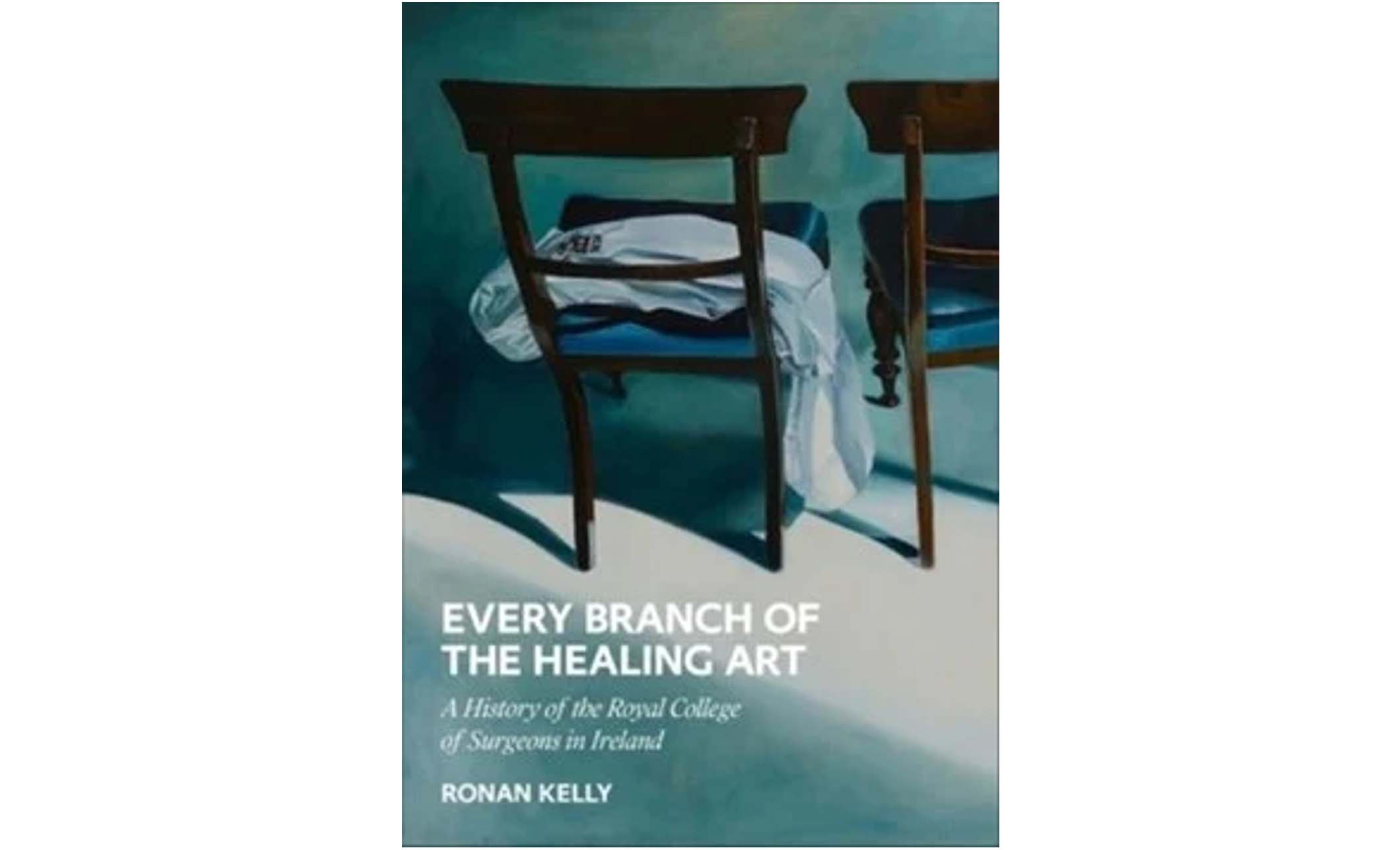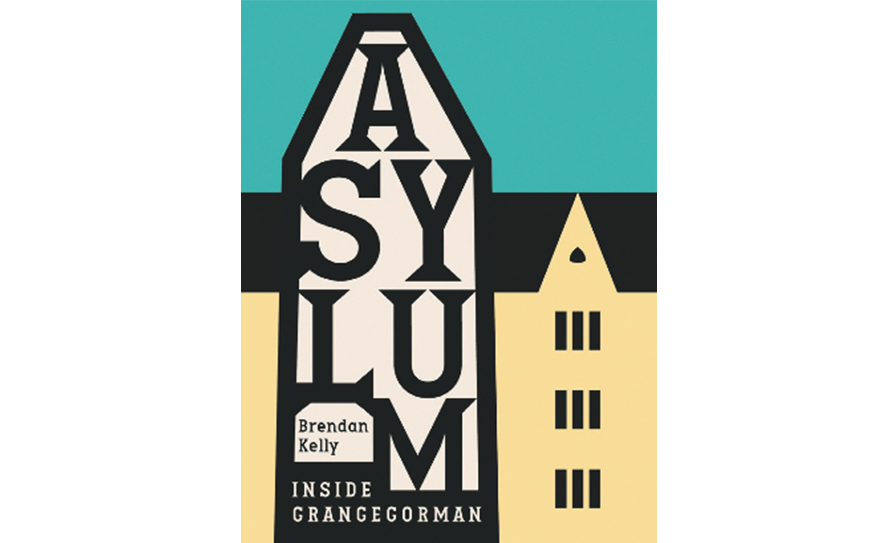TITLE: Journey Through the Body: A Visual Exploration
AUTHOR: Dr Eoin Kelleher
PUBLISHER: Mercier (2019)
REVIEWER: Prof Des O’Neill
One of the under-recognised supports of our medical journey is wit, enlivening our encounters and reminding us not only of the wonder of practising as a doctor, but also of the ambiguities and limitations of our practice. Graphic medicine by physician artists has been one of the most notable channels for displaying this aspect of medicine, from the fantastically droll mechanical illustrations of the human body by physician Fritz Kahn, to the smart, but subtle humour of Frank Netter’s anatomical drawings.
To this canon of work comes a worthy companion from a rising Irish star in graphic medicine, Dr Eoin Kelleher. Already well known to many for his sharply perceptive cartoons in the Medical Independent, his new book on the human body is a fresh take on our corporeal selves, amusing and informative. A significant novelty and attraction which distinguishes his book from existing works is how it moves beyond anatomy to physiological functions such as sleep and coughing, as well as a range of responses to diseases.
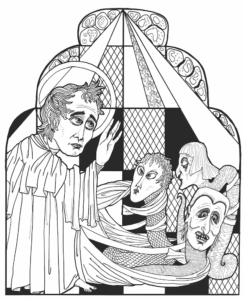
Elegantly produced in a smart hardback format by Mercier Press, the drawings are in black and white and packed with detail and cultural references from Grecian myth to HG Well’s War of the Worlds. Drawing on a range of visual styles, ranging from Fritz Kahn through Hieronymus Bosch, Picasso, Dali, and Roy Liechtenstein, to the exuberance of underground artist Robert Crumb, there are also echoes of the visual playfulness of MC Escher and Heath Robinson.
These underlying influences in no way detract from Kelleher’s distinctive style, a graphic parallel to Samuel Johnson’s maxim that one should not trust a man who wrote more than he read.
Each body part or function is introduced with a drawing on one page and with an introductory text on the companion page.
The selection is fascinating, definitely going off-piste from the usual worthy assemblage of body parts, including the gubernaculum, omentum, and gut microbiome. The text is wonderfully concise, a masterclass for those of all ages and backgrounds who wish to learn more and marvel at the human body.
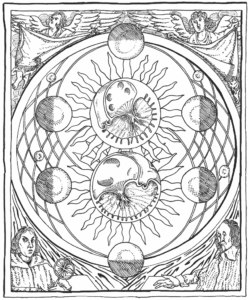
Indeed, one of the many wonders of this book is that it would be an ideal present from eight years-of-age to 80 years-of-age and beyond, and healthcare professionals will enjoy just as much, or possibly even more, than the lay public. We rarely get the opportunity to recapture a sense of wonder at the marvel with which we work every day, and this art and text uniquely refreshes our perspective of the intricacies and complexities of the human body.
The pictures are packed with interesting references, some historical, others allegorical. I particularly enjoyed the picture of the circulation, which linked Harvey’s discovery with the astronomical breakthroughs of his contemporary Copernicus, delivering the sense of opening up new worlds. Amusing details abound and repay repeated viewing – for example, tiny Lascaux-like cave paintings among the pot-holers exploring the nasal cavity, or the pelvic bones as a sink with a tap.
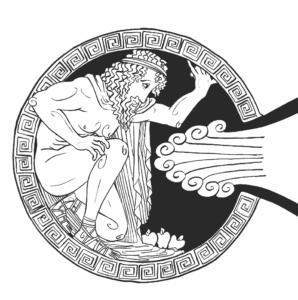
Equally, it takes a moment or two to see the snake’s head on the drawing of the vertebral column, transforming it also into the staff of Asclepius. There is also a touching tribute to Harry Clarke, with a pastiche of his style illustrating the macrophage, elegantly tied in with the story of his succumbing to tuberculosis
One of my questions was whether or not to indulge in colouring the pictures! The illustrations are quite beautiful in themselves, but might also invite some thoughtful contemplative mindfulness in colouring some of them. The pictures and text would also be useful to explain concepts to patients and families, from laminar flow through activation of B-cells to the function of the nephron.
The subtitle of this wonderful book is A Visual Exploration and Dr Kelleher has indeed captured the excitement of discovering new vistas, hidden in plain sight until revealed to us in this remarkable pairing of visual art and text. A graphic counterpart to Hamlet’s reflection of “What a piece of work is man!”, this book can be recommended unhesitatingly as a Christmas present for this and many a Christmas to come and indeed for any occasion or celebration where the recipient has an appetite for wit, beauty, stimulation and an appetite for reflecting on new horizons, regardless of profession or calling.
